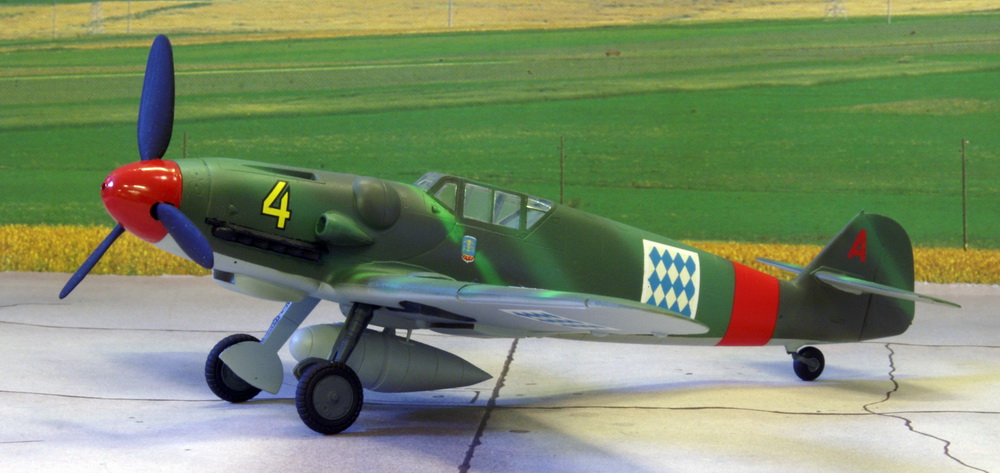


Messerschmitt M38 Royal Bavarian Air ForceWhen Germany capitulated in 1918 after 4 years of war the German empire was forced to abdicate and the German empire disintegrated. The southern part of the country united around king Ludwig III of Bavaria. The north of the former German empire formed a larger Prussian kingdom under Wilhelm III.
After a number of years where both kingdoms went through a severe crisis both recovered during the middle of the 1930s and tensions between mounted. There was a lot of bad feeling about the outcome of the Great War and both blamed the other for the defeat in 1918. In 1921 king Ludwig III of Bavaria died and his son Rupprecht I took the thrown. Rupprecht was more aggressive towards the north than his father and wanted to expand his kingdom. Both countries started to rearm from 1930 onwards in defiance to the terms of the Versailles treaty.
From 1936 a number of border incidents took place between the two countries with small scale incursions in the other's territory and smaller and larger aerial battles. The aerial component of the clashes became more and more important, both countries being hesitant to commit large numbers of ground troops. The Bavarian Royal Air Force consisted of a number of Jagdgeschwader equipped with fighters designed by Willy Messerschmitt of the BFW. This fighter, called the M38, was based on the M37 Taifun sport aircraft. It was powered by a Daimler Benz DB601 engine. They met the Prussian Air Force Heinkel HE40 fighters in the skies over the border between the two kingdoms. The HE40 was powered by a Junkers 210 engine which produced less power than the DB601. This gave the Messerschmitt the edge and the Bavarians usually came out on top in these encounters.
Besides the M38, the BFW also produced the twin engined M39 fighter. This proved to be very vulnerable however to enemy aircraft. |
Last updated: 31/12/2012